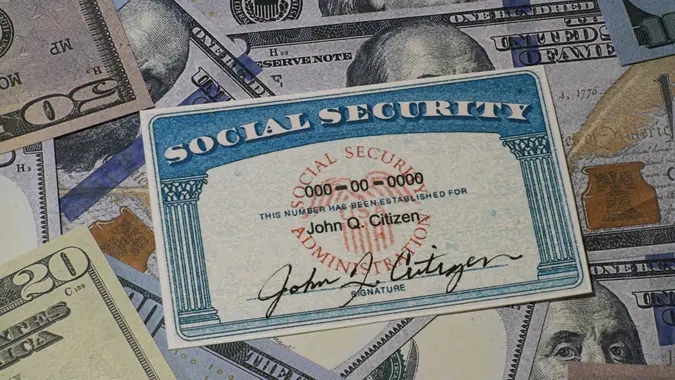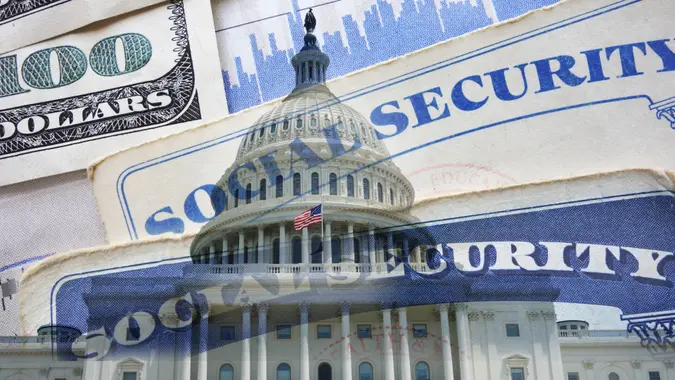Social Security: What Is the Maximum Social Security Benefit You Can Receive in 2023?

Commitment to Our Readers
GOBankingRates' editorial team is committed to bringing you unbiased reviews and information. We use data-driven methodologies to evaluate financial products and services - our reviews and ratings are not influenced by advertisers. You can read more about our editorial guidelines and our products and services review methodology.

20 Years
Helping You Live Richer

Reviewed
by Experts

Trusted by
Millions of Readers
The 8.7% Social Security cost-of-living adjustment that went into effect in January of 2023 boosted payments across the board for recipients.
As the Social Security Administration (SSA) detailed: “The maximum benefit depends on the age you retire. For example, if you retire at full retirement age in 2023, your maximum benefit would be $3,627. However, if you retire at age 62 in 2023, your maximum benefit would be $2,572. If you retire at age 70 in 2023, your maximum benefit would be $4,555.”
The Supplemental Security Income federal payment standard rose to $914 a month in 2023 from $841 in 2022 for individuals, and rose to $1,371 a month in 2023 from $1,261 a month in 2022 for couples. Further, some states supplement this federal payment, as the SSA indicated.
Of course, most Social Security recipients don’t get the maximum benefit or anywhere near it. To get the maximum, you must have earned a certain amount of income during your career and paid a certain amount of taxes into the Social Security system.
The average Social Security payment for all retired workers, as of March 2023, was $1,696 per month.
More From GOBankingRates
 Written by
Written by  Edited by
Edited by 

























